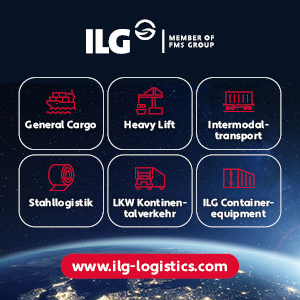The International Air Transport Association (IATA) released full-year 2017 data for global air freight markets showing that demand, measured in freight tonne kilometers (FTKs) grew by 9.0%. This was more than double the 3.6% annual growth recorded in 2016.
Freight capacity, measured in available freight tonne kilometers (AFTKs), rose by 3.0% in 2017. This was the slowest annual capacity growth seen since 2012. Demand growth outpaced capacity growth by a factor of three.
Full-year 2017 demand for air freight grew at twice the pace of the expansion in world trade (4.3%). This outperformance was a result of strong global demand for manufacturing exports as companies moved to restock inventories quickly.
“Air cargo had its strongest performance since the rebound from the global financial crisis in 2010. We saw improvements in load factors, yields and revenues. Air cargo is still a very tough and competitive business, but the developments in 2017 were the most positive that we have seen in a very long time,” says Alexandre de Juniac, IATA’s Director General and CEO.
European airlines posted a 5.0% year-on-year increase in freight demand in December and a capacity rise of 3.2%. The strong performance in December boosted cargo volumes for the 2017 calendar year by 11.8% – the largest increase of all regions with the exception of Africa. Capacity in the region increased by 5.9% in the 2017 calendar year. This is consistent with Europe’s manufacturers’ export orders growing at their fastest pace on record. This is expected to support demand into the New Year.
“The outlook for air freight in 2018 is optimistic. Consumer confidence is buoyant. And we see growing strength in international e-commerce and the transport of time- and temperature-sensitive goods such as pharmaceuticals. Overall the pace of growth is expected to slow from the exceptional 9.0% of this year. But we still expect a very healthy 4.5% expansion of demand in 2018. Challenges remain, including the need for industry-wide evolution to more efficient processes. That will help improve customer satisfaction and capture market share as the expectations of shippers and consumers grow ever more demanding,” says Alexandre de Juniac.












